Football Transfers Explained: A Step-by-Step Breakdown
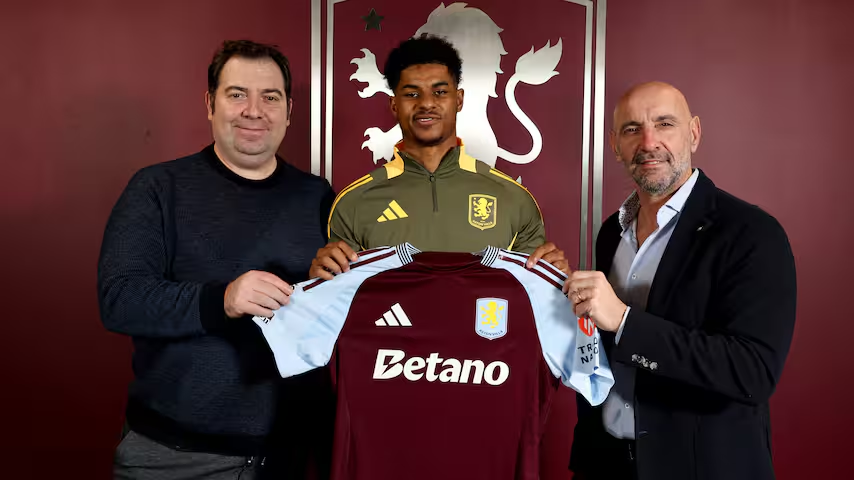
Football transfers are complex processes that involve multiple steps, negotiations, and legal considerations. Whether it’s a record breaking move or a last minute loan deal, every transfer follows a structured process. From scouting to contract negotiations and medical tests to registration. This guide on football transfers explained takes you through everything that happens when a football player moves from one club to another.
Quick Navigation
Scouting and Interest
How Clubs Identify Potential Signings
The first step in any transfer is identifying the right player. Clubs have extensive scouting networks consisting of professional scouts, analysts, and data experts who track potential signings across the world. Players are monitored over time to assess their consistency, skills, and suitability for a team’s playing style.
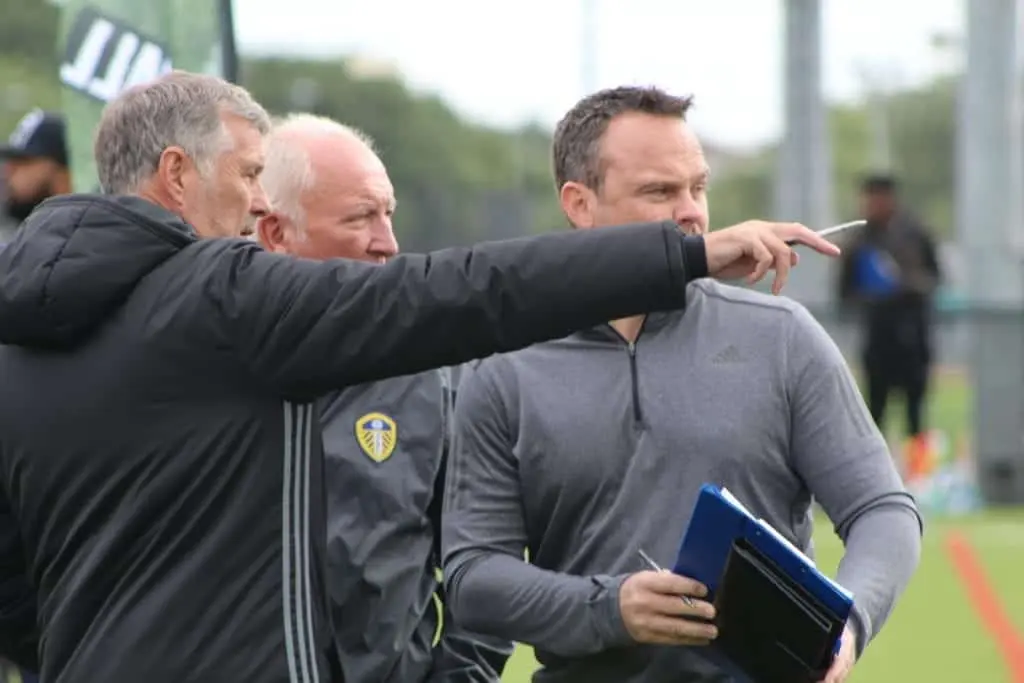
In modern football, data analytics plays a major role. Clubs analyze player statistics, such as passing accuracy, sprint speed, and defensive contributions, to make data-based decisions. Some transfers are initiated by agents, who actively market their clients to clubs in need of reinforcements.
Initial Contact and Negotiations
Who Initiates the Contact?
Once a club is interested in a player, they must initiate contact through the correct channels. In most cases, the buying club approaches the selling club to measure their interest before officially contacting the player’s agent. If the player is under contract, the buying club must receive permission before making direct contact with the player or his agent, otherwise, it could be considered tapping up, which is illegal. The only time a club is allowed to contact a player or his agent immediately is when the player is in the last 6 months of his contract.
What is Negotiated?
Negotiations involve multiple parties, including club executives, legal teams, and agents. The key aspects of the deal include:
- Transfer fee: The amount paid to the selling club for the player.
- Salary and contract length: The player’s wages and duration of the new contract.
- Bonuses: Performance related stimulants such as goal scoring or clean sheet bonuses.
- Signing-on fee: A one time payment made to the player upon signing.
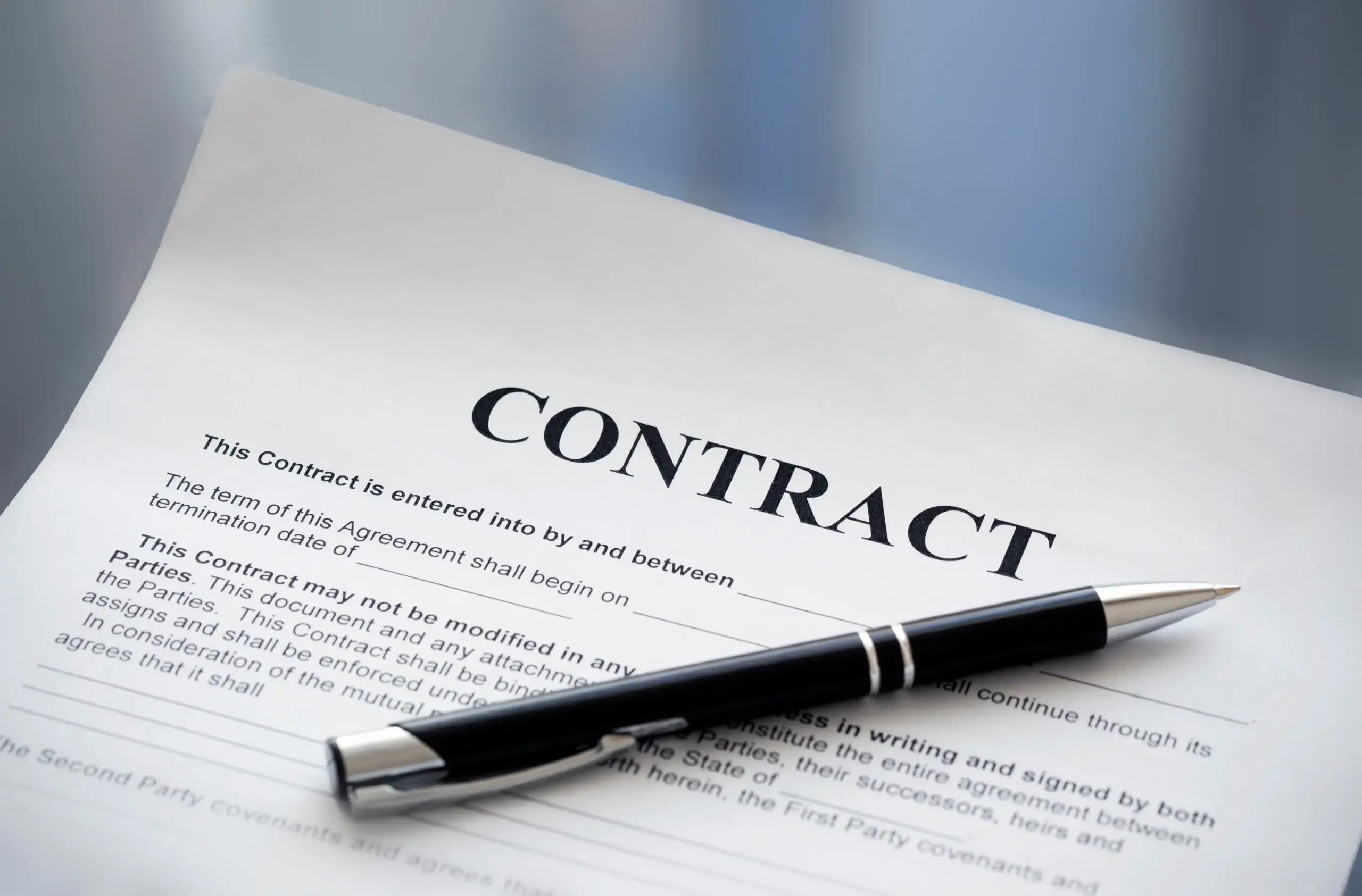
These discussions can take days, weeks, or even months, depending on how both clubs and the player’s representatives negotiate.
Transfer Fee Agreement
What Determines the Transfer Fee?
The transfer fee is a key part of the deal and is influenced by several factors:
- The player’s contract status: If a player has only a year left on their contract, he may be available for a lower price.
- The player’s market value: Determined by recent performances, age, and potential.
- The selling club’s position: If a club needs to raise funds, they may be willing to accept a lower fee.
- Additional clauses such as sell-on fees, which give the selling club a percentage of a future transfer, and performance bonuses, which increase the fee if the player achieves specific milestones (e.g. reaching Champions League football).
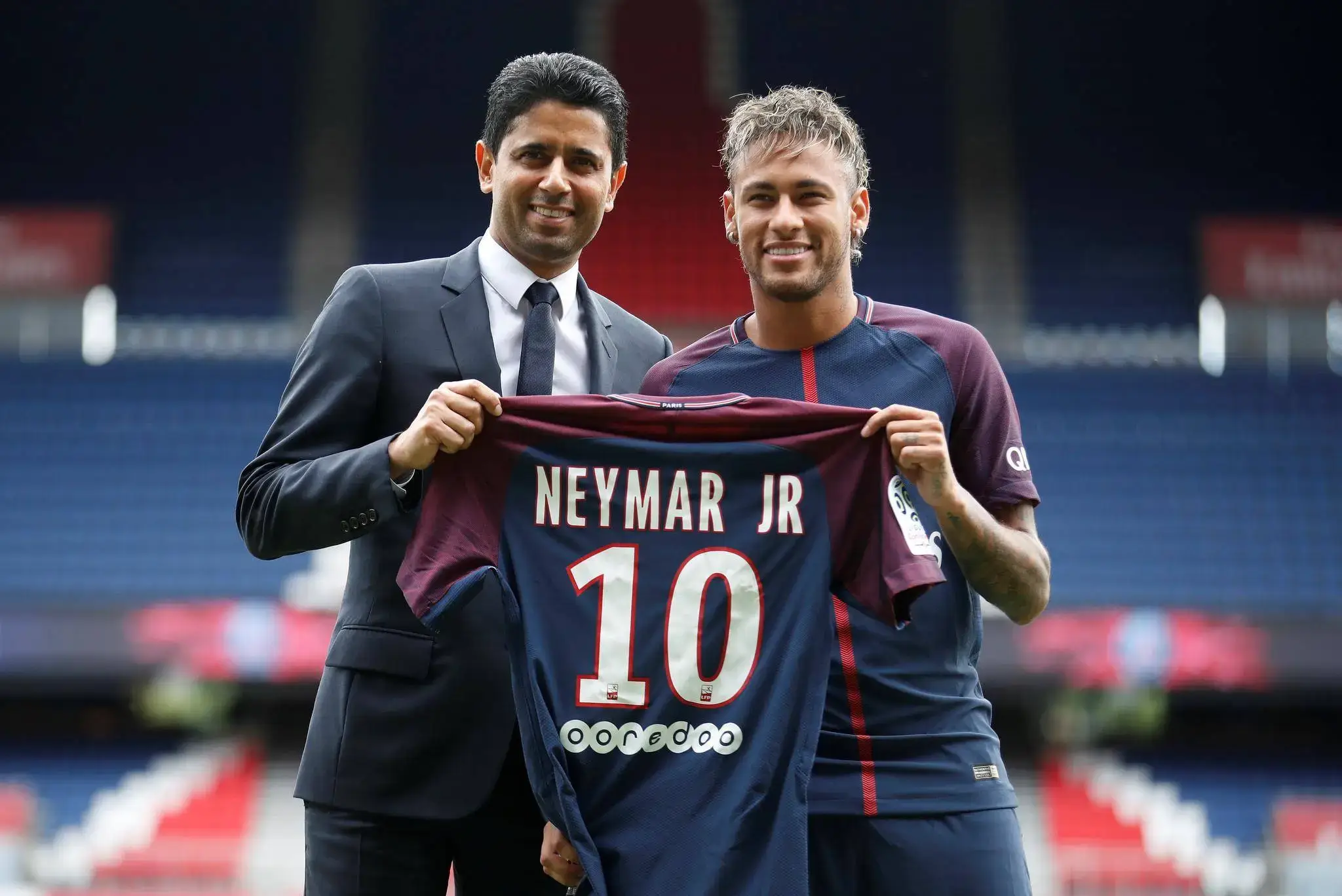
Personal Terms Agreement
What’s Included in a Player’s Contract?
Once the transfer fee is agreed, the next step in this article about football transfers explained is that the player must negotiate personal terms with the buying club. This includes:
- Wages & bonuses: Players negotiate weekly salaries, performance bonuses, and loyalty bonuses.
- Image rights: Some players earn revenue from personal sponsorships, which must be agreed on.
- Release clauses: Some contracts include a clause allowing a player to leave if a specific amount is paid.
Players often seek long-term contracts for financial security, while clubs prefer performance-based variables to protect their investments and only pay when they have good performing players.
Medical Examination
Why Is It Important?
Before a deal is completed, the player must undergo a medical examination to ensure they are fit to play. The club’s medical staff conducts tests on:
- Existing injuries and past medical history.
- Overall fitness levels and muscle condition.
- Potential risk of future injuries based on movement assessments.
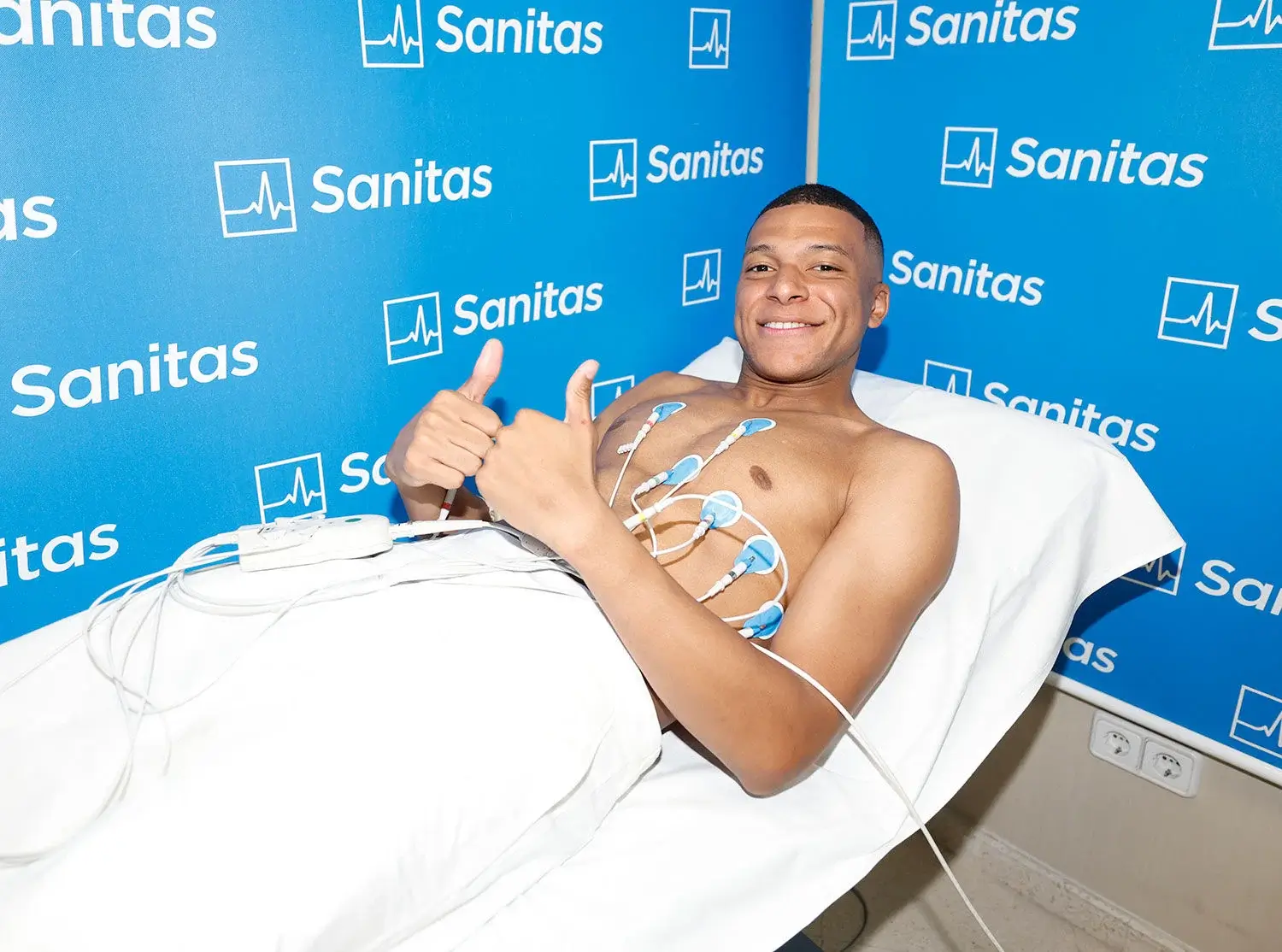
A failed medical can result in a deal being canceled. Some clubs choose to take the risk and finish the transfer, if the player is exceptionally talented.
Work Permit and Visa
Who Needs a Work Permit?
For international transfers, certain players require work permits or visas to play in a new country. Countries like the UK have strict regulations based on international appearances and league competitiveness.
If a player does not automatically qualify, the club must appeal to the governing body, providing reasons why the player should be granted a work permit.
Official Paperwork and Registration
What Documents Are Required?
Once the deal is agreed upon, all relevant paperwork must be submitted to governing bodies. International transfers must be cleared through FIFA’s International Transfer Matching System (ITMS), while domestic transfers must be registered with the respective league and football association.
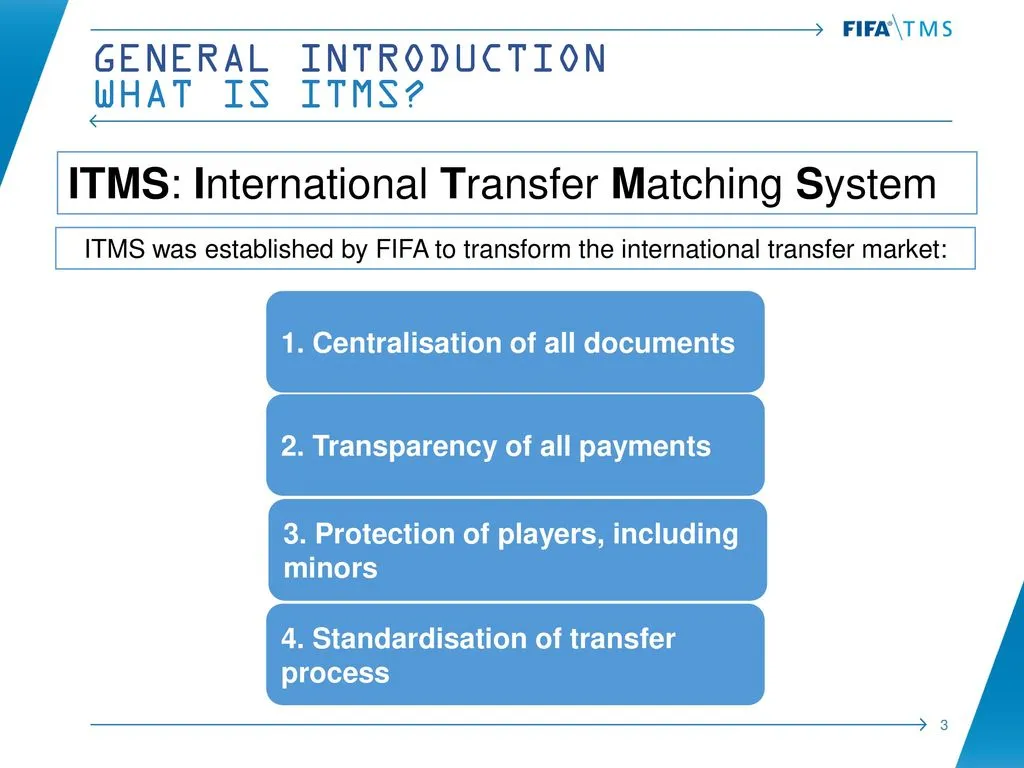
Failure to submit documents on time can cause last-minute transfer collapses, as seen with some high-profile deals in the past such as Hakim Ziyech to PSG in 2023.
Public Announcement
How Clubs Announce Transfers
For the final step of this article about football transfers explained: the public announcement. Once everything is finalized, the club announces the transfer through official statements on their website and social media. High-profile signings often include events, featuring interviews, photoshoots, and even presentations in stadiums.
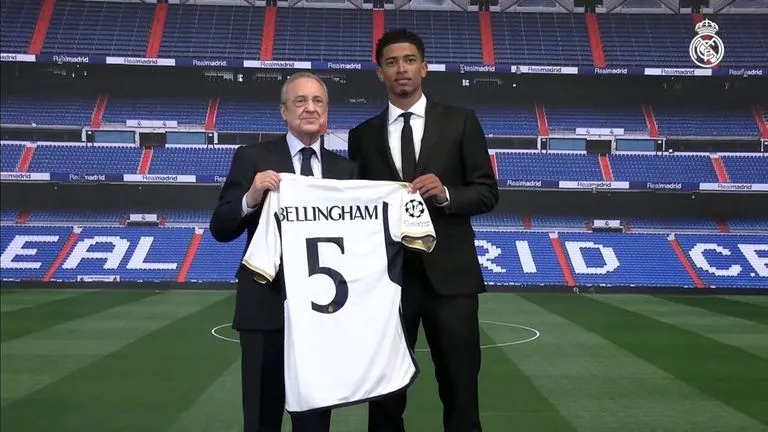
Transfer Window Deadlines
Key Rules to Keep in Mind
Transfers must be completed before the transfer window closes. In most leagues:
- The summer window runs from June to September.
- The winter window runs from January to February.
If you are interested to see our top 5 transfer rumours of January 2025, check out our blog here.
Loan Transfers and Buy-Back Clauses
What Are the Common Clauses?
Not all transfers are permanent. Clubs also negotiate:
- Loan deals: Temporary moves, sometimes with an option or obligation to buy.
- Buy-back clauses: Giving the selling club the right to re-sign the player under pre-agreed terms.
- Sell-on clauses: Ensuring the original club receives a percentage of a future sale.
These clauses allow clubs to manage risk and financial planning, ensuring they maintain control over their players.
Conclusion: Football Transfers Explained
Football transfers are far more than just headline grabbing announcements. They involve a combination of strategy, financial negotiation, and legal complexities. Some transfers happen quickly and others collapse at the last moment due to unexpected issues.
For fans, understanding the process provides deeper insight into why deals take time and why certain players move for massive sums while others leave on free transfers. We hope you learned something from this article about Football Transfers Explained.
What was your favorite transfer this window? Leave a comment below our blog Football Transfers Explained or join the conversation on Instagram!

No responses yet